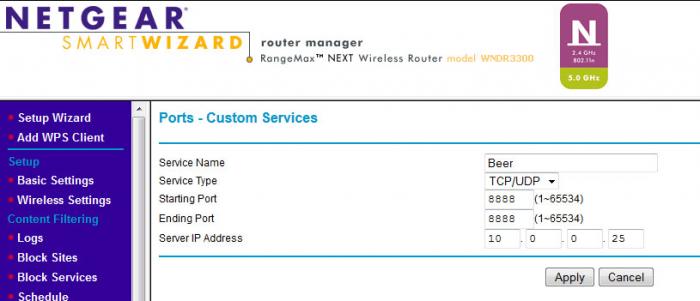Short Version: I cannot gain access to my RaspberryPints Admin page. Assuming my username is "Pi" the password I entered during the configuration process isn't being accepted. How do I get around this, I have tried the recovery button but I am not understanding the process and starting to feel pretty dumb....
Long version:
I cannot log in to my admin page. When I click "Your Logo Here" It takes me to the RaspberryPints Login. I cannot successfully log in.
What is the default user name? Pi? Was I prompted to create a username? When I click Forgot Username, I am prompted to enter my e-mail. I have done so and hit the submit button and the next screen says "You Username Is"
then there is text below that acts as a button and says "Go back To Login"
I tried a blank user name, Pi, pi, and my e-mail but no luck.
When I try to enter a password that might go with any of the above I am entering the one I was was prompted to create as I went through the set up.
When I try the forgotten password button, it prompts me to enter my e-mail and enter a NEW Password. Nothing works: I do not get an e-mail nor does any NEW password I type get me to the admin page.
Do I just need to wipe this install and start fresh?
You selected your admin account name.
If you know your MySQL username (default: root) and password, you can log in to PhpMyAdmin, open the raspberrypints database and view the users table. It'll show your username in cleartext.
Wiping the files won't do anything, because the database doesn't exist in /var/www.






